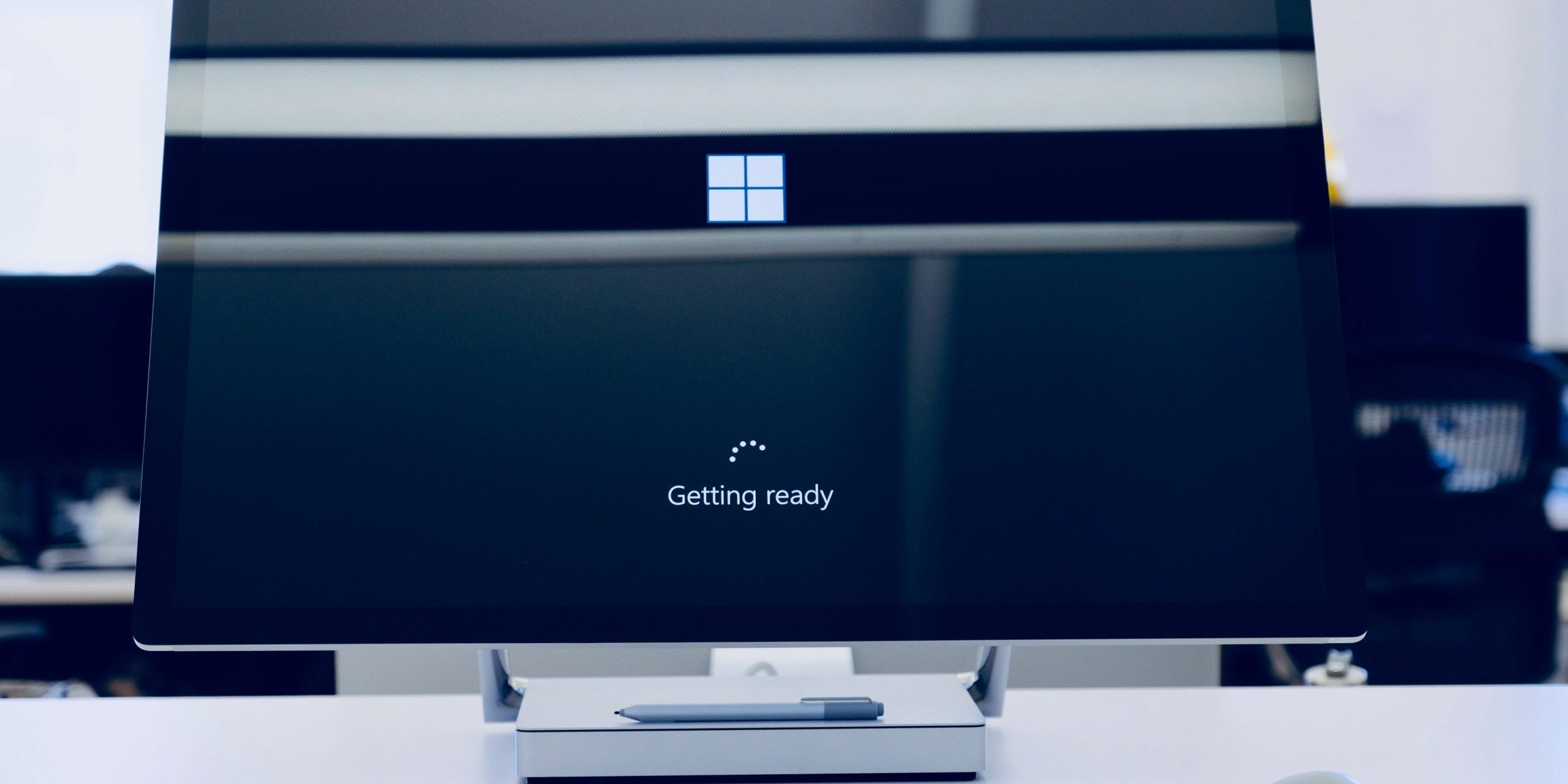In this article, we have highlighted the importance of taking a break from your IT and discussed the possible health issues that may arise from not taking regular breaks and suggested some useful tips as to how you can ensure your screen time is not excessive.
When engrossed in work and using your IT equipment it can be really easy for time to fly by. Before you know it, you may have been sitting or standing, focused on your IT screen for more hours than is healthy for your eyesight or your body.
Screen time and eyesight
Scientific studies have proven that spending too much time staring at screens can cause digital eyestrain. This often leads to dry eyes and puts an extra burden on the muscles that help the eye focus. Also, the eyes do not blink as frequently when looking at digital devices, which causes faster disruption and evaporation of the film of tears that protects the surface of the eye. Whilst the chances of permanent damage are low, prolonged exposure could lead to vision impairments and the need to wear glasses. To combat dry eyes, experts advocate the 20-20-20 rule. This means that every 20 minutes you should take a break from looking at your screen and look at something around 20 feet away, for at least 20 seconds.
Health problems
As well as your eyesight there are other health problems that could arise from too much screen time. This can include becoming overweight due to lack of exercise, problems sleeping due to brain activity and pain caused by neck and back problems. Depression and anxiety have also been associated with people spending too much time using screens. More recent studies have also linked too much screen time with lapses in critical thinking and reasoning, which could cause problems with decision-making, taking examinations and memory recall.
Developing good habits
As you can see it is best to establish habits and routines that ensure you are able to have regular breaks. As well as using devices for work activities, it is also important to understand and allow for the fact that you will be using devices for many functions including consuming news, communicating with friends via social media and using apps as time spent using these will also all mount up.
Here are some useful tips:
- Set limits: Establish a personal routine during which you set time aside for the ways in which you want to use your devices. For example, allow yourself ten minutes morning and night to read the news.
- Set an alarm: By setting a timer on your phone you will be alerted when it is time for a break. This could be at 20-minute intervals to practice the 20-20-20 rule and at 40 minutes get up and go for a short walk.
- Turn off notifications: By turning off notifications you will not be distracted by messages when trying to focus on work and can pick them up as part of your routine.
- Set times for drinks breaks and lunch: By having set times you can ensure you get regular nutrition and exercise.
Working from home
Many more people are working from home, so first and foremost you should ensure your workstation is set up to allow good posture and well-being. Working from home can mean fewer distractions so it can be easier to spend more time at your screen so developing good habits at home is very important.
Ways to take a break from screens
Having set an alarm to alert you that it is time for a break, here are some suggestions for ways to give your eyes a rest and help maintain good body posture.
- Go outside for some fresh air
- Make a drink
- Stand up and walk around to take phone calls
There is no doubt that technology is central to our daily lives and brings many benefits to the efficiency and effectiveness of our work and how we communicate with colleagues. However, we must all realise that it is ok to disconnect for a while to eat, exercise and have face-to-face interactions with people.

